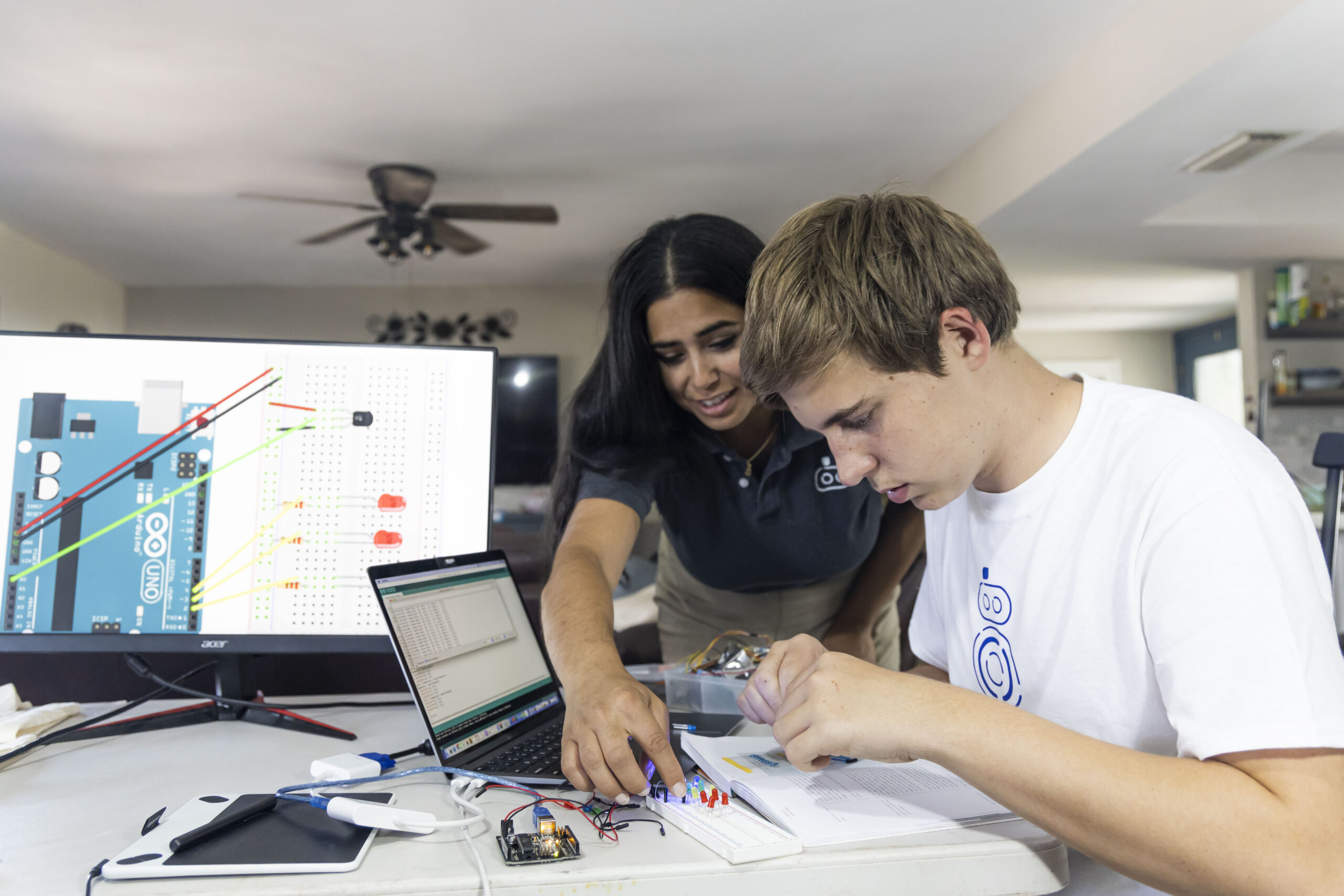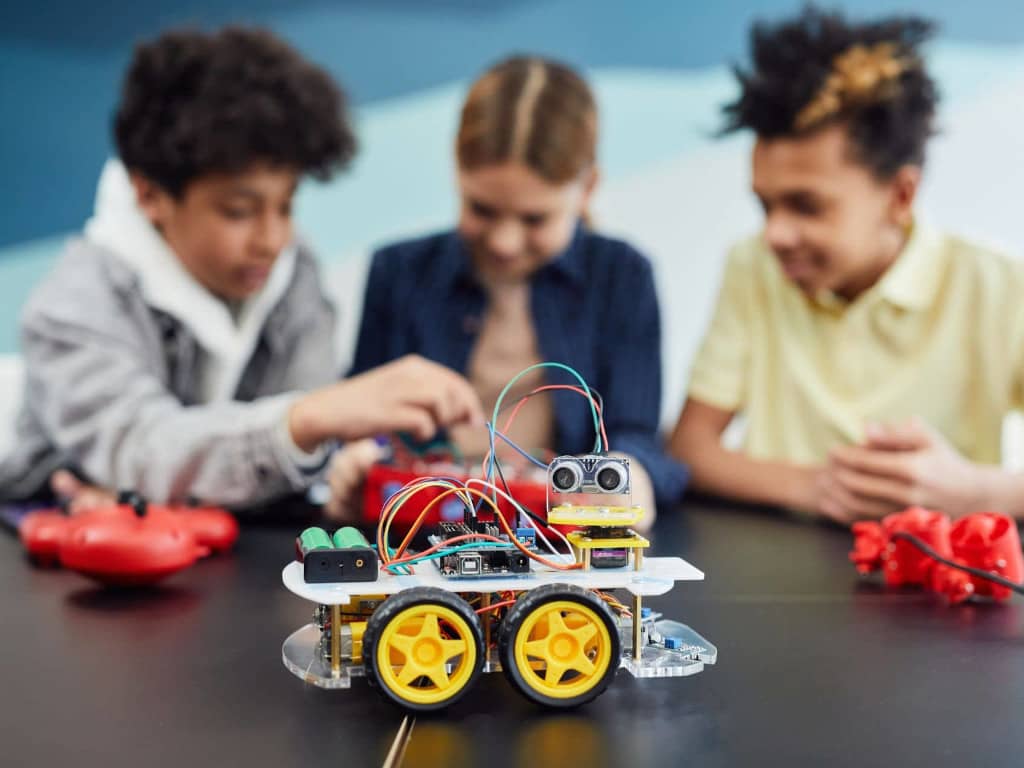Bio revolution: applications

In the last article of the blog, we learned about the bio revolution and how this technology is changing the way we grow food, find cures for diseases, pursue environmental sustainability, among other current challenges. In this article, we will look at the different areas of innovation and the applications this technology has in our daily lives.
Biological innovations
As McKinsey & Company explain, we have 4 areas of biological innovations:
-
Biomolecules:
As articleworld.org explains “a biomolecule is a chemical compound found in living organisms. These include chemicals that are composed of mainly carbon, hydrogen, oxygen, nitrogen, sulfur and phosphorus. Biomolecules are the building blocks of life and perform important functions in living organisms.”
-
Biosystems engineering:
For the University of Kentucky “Biosystems engineering integrates aspects of traditional engineering fields like mechanical, chemical and civil engineering with biological sciences, and focuses on agricultural and environmental applications”, and as the highlight the Biosystems engineers “develop solutions for responsible, alternative uses of biological products, byproducts and wastes and of our natural resources—soil, water, air and energy”.
-
Bio machines:
In the en.wiktionary.org the Bio machines are defined as “a biological organism, or group of organisms, that functions like, or is treated as, a machine”
-
Biocomputing:
In the words of Shaan Ray in his emerging technology blog, Biocomputing “operates at the intersection of biology, engineering, and computer science. It seeks to use cells or their sub-component molecules (such as DNA or RNA) to perform functions traditionally performed by an electronic computer. The ultimate goal of biocomputing is to mimic some of the biological ‘hardware’ of bodies like ours — and to use it for our computing needs”
These innovations use engineering and mapping. The results are products like meat cultivated in a laboratory, data storage using DNA, neuroprosthetics and gene therapy.
Applications of biotechnology
Between the number of applications, environmentalscience.org present to us the next classification:
-
Agriculture:
This uses Genetic Modification to produce higher yields resistant to pests, using fewer virgin lands to achieve food security, hydroponics for the “growing crops without the use of soils”, and biofuel production or “The ability to convert organic material to fuel”.
-
Bioengineering:
“Is an applied science using biological theory in solving real-world problems. This both complements and contrasts traditional engineering practice that uses math, science and computing in designing structures and tools”.
-
Manufacturing:
looking to replace products made of plastic for others made with biodegradable material safer for the environment. In this way “Bioengineering could be one of the methods to use for environmental production methods for a range of sustainable materials by mimicking biological systems or applying biological technology to existing technology”.
-
Biomedicine:
This technology is applied to disease detection and diagnosis, and the treatment of diseases using viruses. “There are three branches: anti-cancer oncolytic viruses, viral vectors for gene therapy (the use of non-replicating viruses as a carrier for a genetic change) and viral immunotherapy”.
Our responsibility towards the future
According to the World Economic Forum “The bio revolution has the potential to help address some of the most urgent global challenges, from climate change to pandemics, chronic diseases and food security for our growing world population”.
But it is important to set up the proper regulations for the actors that have the responsibility of developing these innovative technologies, transparently, making them secure for all of us in the world.
In this way, we will be able to reduce the crisis generated by ourselves like climate change. All progress has the potential to improve the way we live, with equality and justice if we approach the wellness of people before anything else. It is our responsibility given the challenges of the present we face, and for the future of our sons and grandsons.
If you found this topic interesting, share it with your friends and parents. Don’t forget to share it on your social media and follow us on Facebook and Instagram.
References:
en.wiktionary.org
uky.edu
articleworld.org
environmentalscience.org
weforum.org
mckinsey.com
medium.com/lansaar











